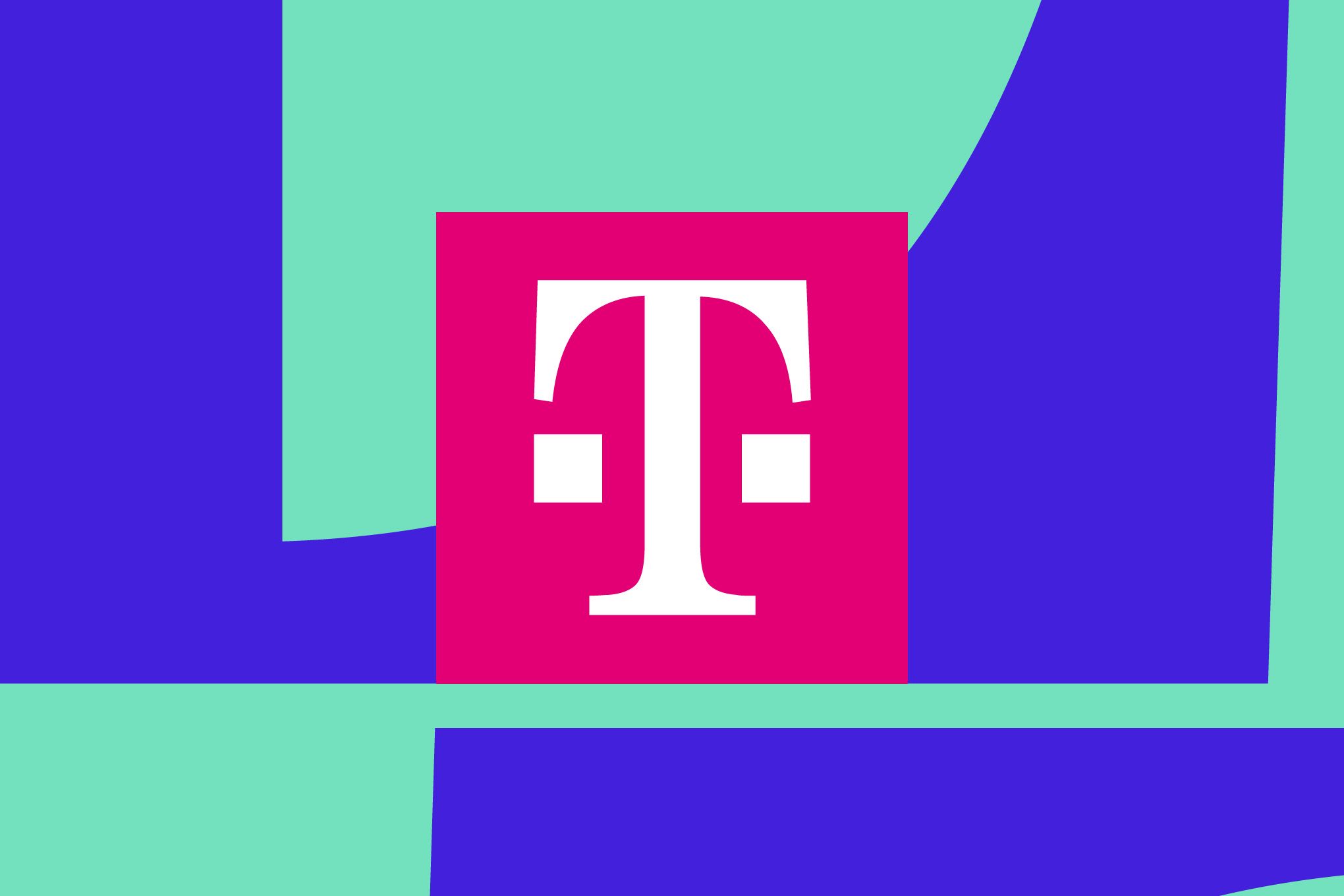T-Mobile just broke down the walls of carrier exclusivity for emergency services. The company announced Wednesday that its Starlink-powered 911 satellite texting service is now free for anyone with a compatible phone - including AT&T and Verizon customers. This marks a significant shift in how carriers approach life-saving technology, prioritizing public safety over competitive barriers.
T-Mobile just rewrote the rules of emergency communications. The carrier's decision to open its Starlink-powered 911 texting service to rival customers signals a fundamental shift in how the telecom industry approaches life-saving technology versus competitive advantage.
The announcement comes just months after T-Mobile launched its T-Satellite service in July for $10 monthly, which included emergency texting alongside regular satellite messaging and location sharing. Now the emergency component breaks free from that paid tier, available to anyone regardless of their carrier allegiance.
This move puts immediate pressure on AT&T and Verizon, who suddenly find their customers gaining access to a critical safety feature through a competitor's network. Industry analysts see this as T-Mobile leveraging its SpaceX partnership to gain regulatory goodwill while potentially attracting new subscribers who experience the service firsthand.
The technical requirements reveal interesting strategic choices. The service specifically excludes phones with built-in emergency satellite capabilities - meaning iPhone 14 and later models, plus Pixel 9 and newer devices (except the 9A) can't use T-Mobile's network. This limitation stems from how these devices handle satellite connectivity, with Apple and Google preferring their own satellite emergency systems.
Compatible devices include iPhone 13, Samsung Galaxy S21 and newer, Pixel 9A, and recent Motorola phones. Non-T-Mobile customers face the additional hurdle of needing unlocked devices with eSIM support - requirements that could drive some toward switching carriers entirely.
The regulatory implications run deeper than emergency services. By making this free and cross-carrier, T-Mobile positions itself as the public safety leader while competitors scramble to match the offering. The move also strengthens T-Mobile's relationship with regulators who've been pushing for better emergency communications coverage in rural areas.
SpaceX's Starlink network powers the entire system, automatically connecting phones in areas without cellular coverage. For company, this represents another revenue stream from its satellite constellation while demonstrating practical applications beyond internet service.



